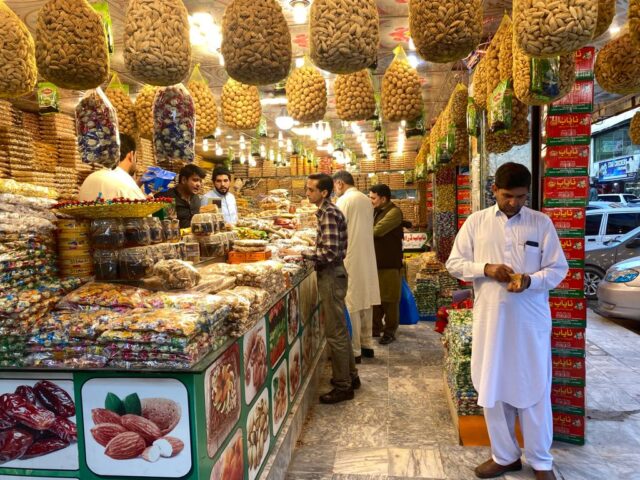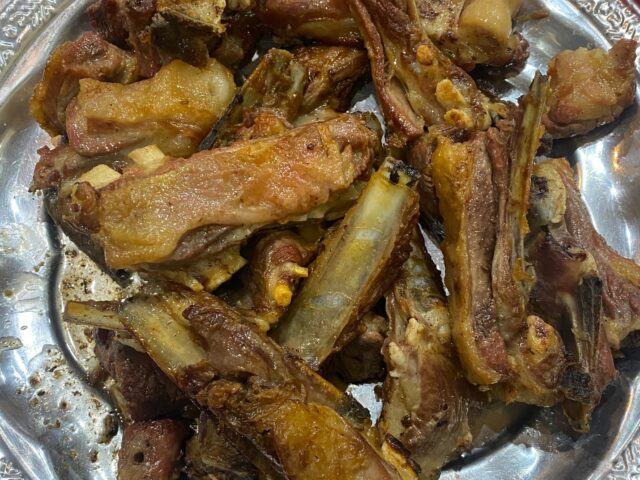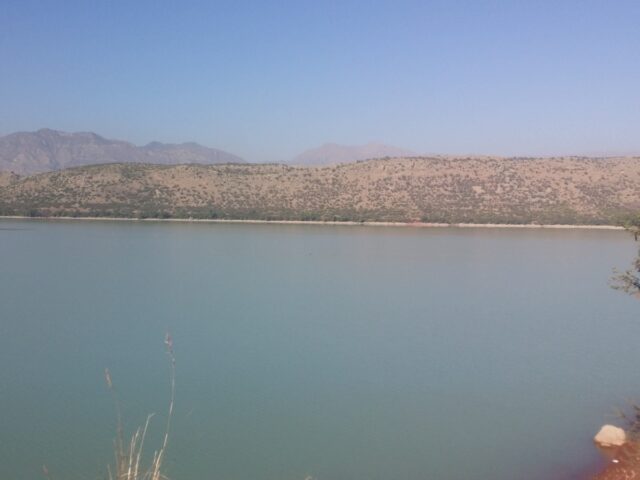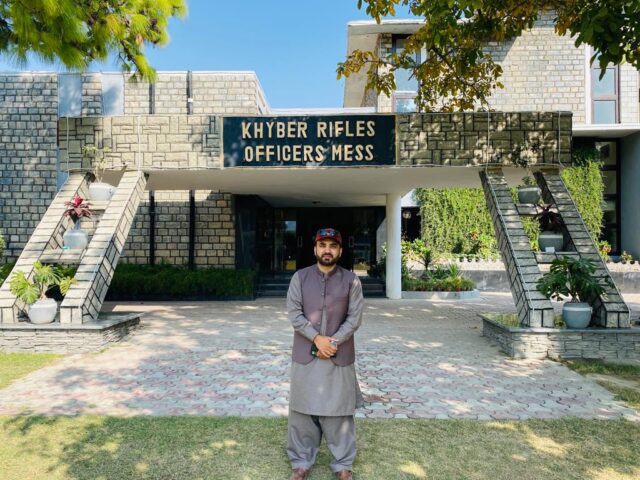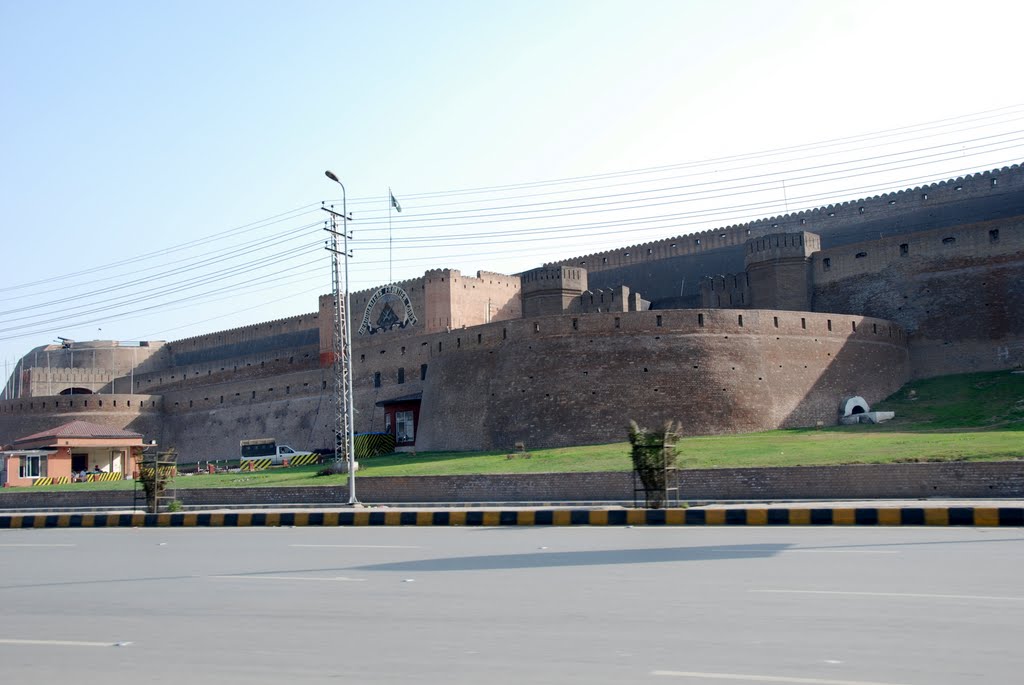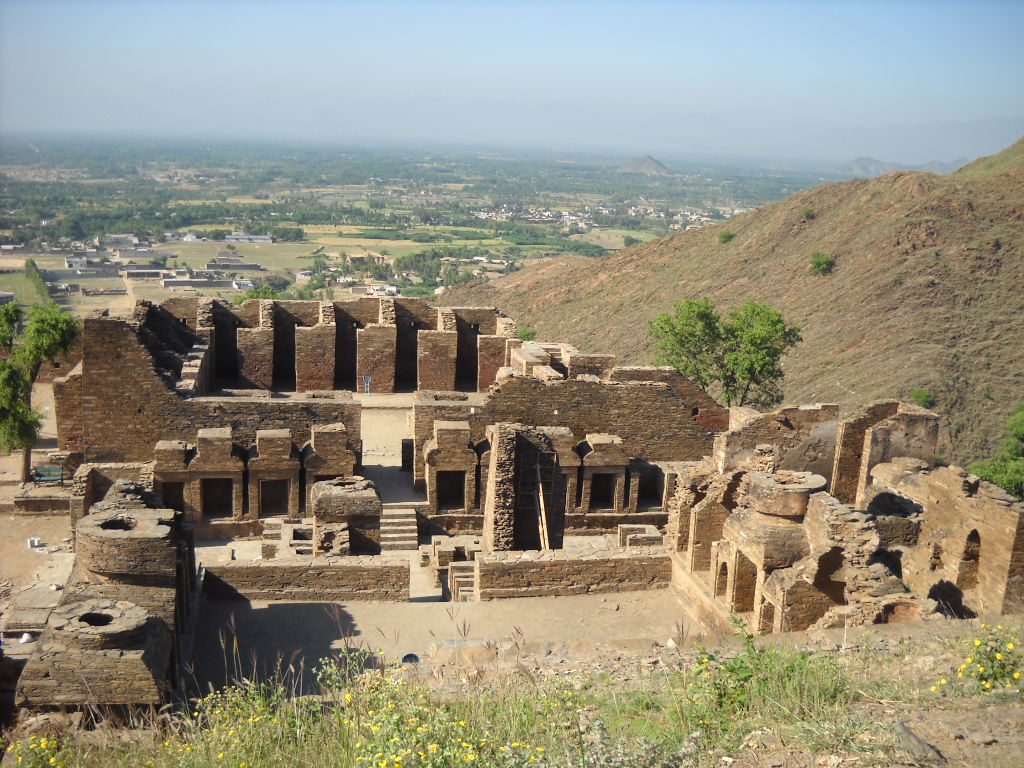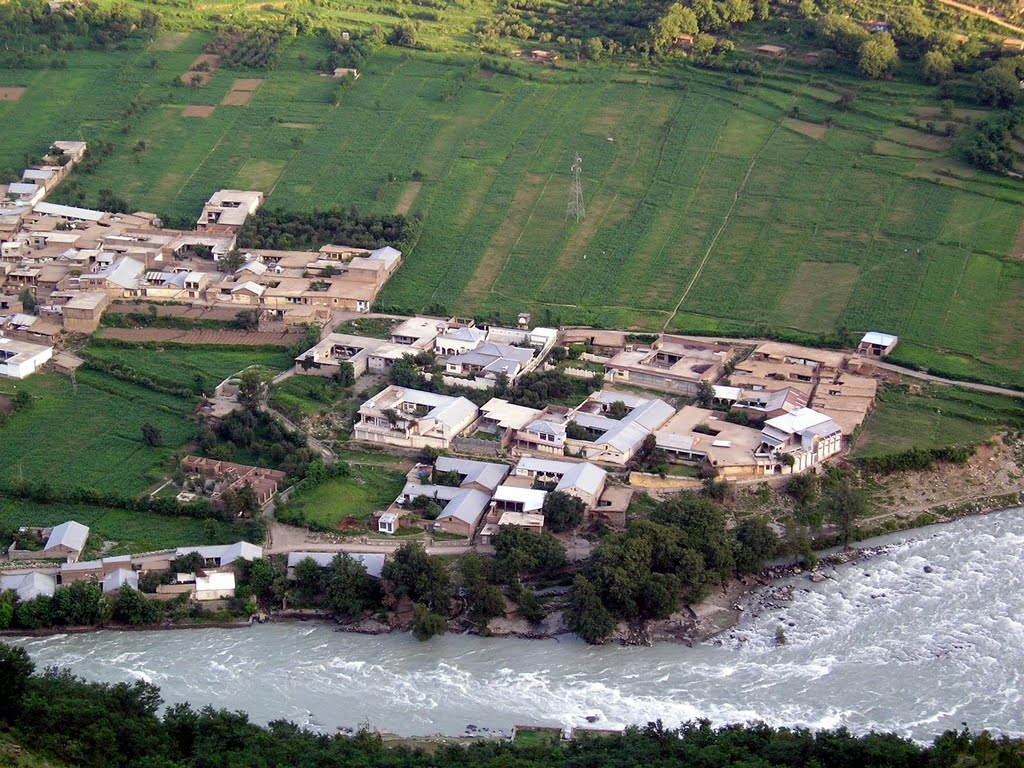Category: Khyber Pakhtunkhwa
Shingardar Stupa
Shingardar Stupa lies in city Swat of Pakistan. It is located in village Shingardar (a village between Ghalegay and Barikot), it is about three kilometres from Barikot. You will get a glance of a magnificent Buddhist Stupa on the right side. Just about one and a half km away from this stupa, one can see large figures of Buddha carved on the rock. …
Qila Bala Hissar
Qila Bala Hissar is one of the most historic places of Peshawar, Khyber Pakhtunkhwa, Pakistan. The word Bala Hissar is from Dari Persian, meaning, “elevated or high fort”. The name was given by the Pashtun King Timur Shah Durrani (1773–1793), who used the fort as the winter capital of the Afghan Durrani Empire, with the summer capital being in Kabul. The Sikh empire who conquered Peshawar in the early 19th century named it Samir Garh in 1834 but the name did not become popular. …
Khyber Pass
Khyber Pass is a narrow, steep-sided pass, located between Afghanistan and Pakistan . It has always been important due to its strategic location. It has been an important link between Pakistan and Afghanistan. Throughout history it has been an important trade route between Central Asia and South Asia. It is one of the most important mountain passes in the history. Crossing the Khyber is quite adventurous. …
Takht Bhai
Takht Bhai is a city in Khyber Pakhtunkhwa province of Pakistan. It is located in Mardan and is an archaeological site. It was first a Zoroastrian complex which, after the later arrival of Buddhism, was then converted into a Buddhist monastic complex. It is dated to the 1st century BCE. The complex is regarded by archaeologists as being particularly representative of the architecture of Buddhist monastic centers from its era. The word Takht Bhai may have different explanations. One is that Takht means “well” and Bhai means “Top” so there is a well on the top of the hill thats why it is called Takht Bhai. In Avestan, Takht means “capital” and bahi means “good”, so the whole word means “the good capital”. …
